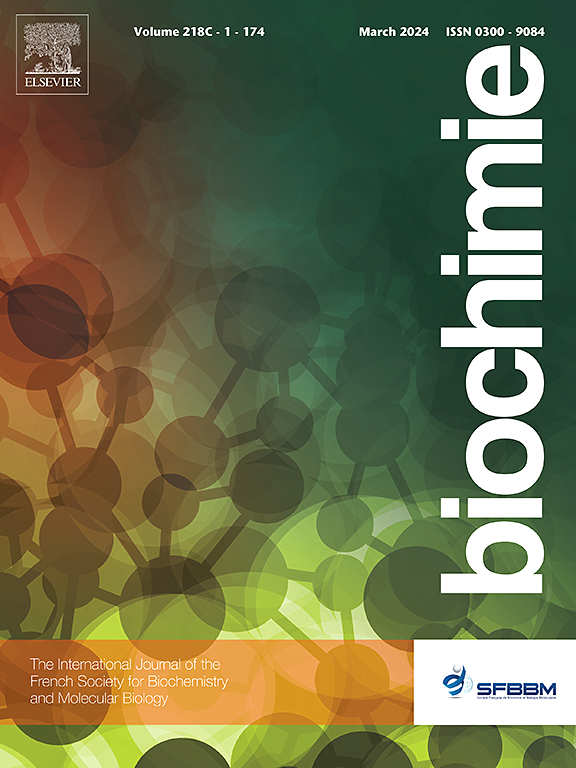The neutralisation and inhibitory effects of new tRNA-mimetic aptamer against cytotoxin-induced cytotoxicity in human skin keratinocytes
IF 3.3
3区 生物学
Q2 BIOCHEMISTRY & MOLECULAR BIOLOGY
引用次数: 0
Abstract
Cytotoxin (CTX) is the major venom toxin in cobra venom, accounting for the dermonecrosis in cobra envenomed patients. Conventional antibody-based antivenoms have limited efficacy in the treatment for CTX-manifested dermonecrosis, highlighting the urgent needs for discovery of new therapeutics. This study aims to discover oligonucleotide-based aptamers which target the functional epitopes of CTX to inhibit its cytotoxicity. Genomic tRNA Database (GtRNAdb) was acquired for the computational selection and design of potential tRNA-mimetic aptamers (AptRNAs) targeting CTX. The binding characteristics of the AptRNAs were further validated by electromobility shift assay (EMSA), and enzyme-linked oligonucleotide assay (ELONA). The best candidate was also examined for neutralisation potency and efficacy. The computational analyses identified six consensus AptRNA clusters, whereby three AptRNAs showed significant binding for CTX with an ascending ranking from AptRNA4 > AptRNA6 > AptRNA5. These AptRNAs bind to the functional epitopes of CTX. AptRNA6 had the highest binding specificity towards CTX, with a binding affinity (KD) of 14.45 nM. Furthermore, AptRNA6 exhibited the best neutralisation and rescue potency in CTX-induced cytotoxicity. Even at low treatment concentrations, AptRNA6 also demonstrated the highest potency in rescuing experimental post-envenomed model by cobra venoms of medically important species. Overall, the findings concluded the potential of AptRNA6 as synthetic biotherapeutic against cobra venom CTX.

求助全文
约1分钟内获得全文
求助全文
来源期刊

Biochimie
生物-生化与分子生物学
CiteScore
7.20
自引率
2.60%
发文量
219
审稿时长
40 days
期刊介绍:
Biochimie publishes original research articles, short communications, review articles, graphical reviews, mini-reviews, and hypotheses in the broad areas of biology, including biochemistry, enzymology, molecular and cell biology, metabolic regulation, genetics, immunology, microbiology, structural biology, genomics, proteomics, and molecular mechanisms of disease. Biochimie publishes exclusively in English.
Articles are subject to peer review, and must satisfy the requirements of originality, high scientific integrity and general interest to a broad range of readers. Submissions that are judged to be of sound scientific and technical quality but do not fully satisfy the requirements for publication in Biochimie may benefit from a transfer service to a more suitable journal within the same subject area.
 求助内容:
求助内容: 应助结果提醒方式:
应助结果提醒方式:


